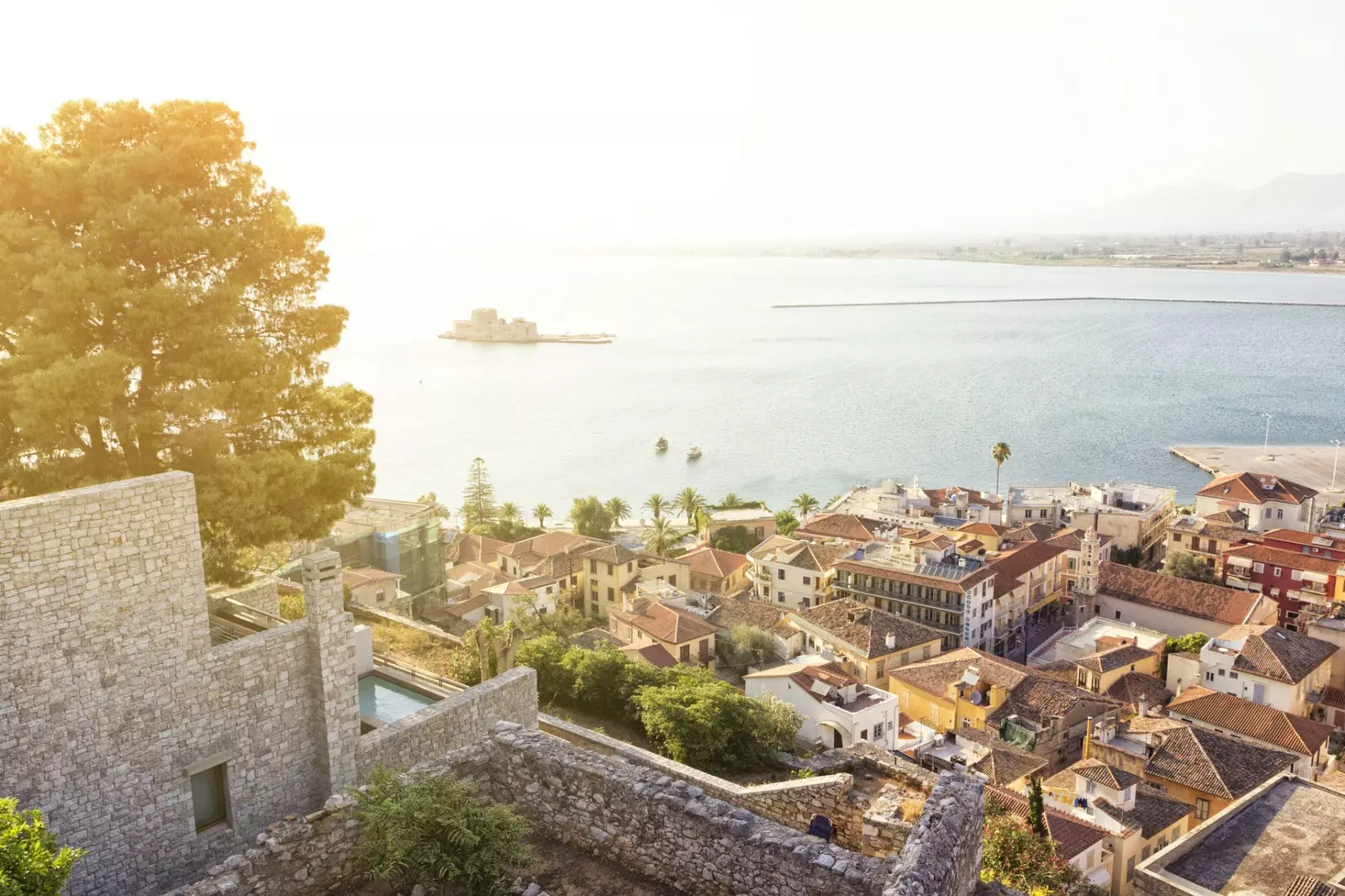
Nafplio or the beloved getaway of the Athenians
If Corinth is the gateway to the Peloponnese and Mani its exit to the underworld; then, Nauplia is that place in between where you would want to stay stranded indefinitely. Nothing like an old Venetian city for it.
One can travel to many Greeces. At least as many islands as it has, and it has quite a few. But one cannot know it well without having dropped by Nafplion at some time. We do not say this because of its enviable location. Of course, it is close to Mycenae. Of course, also Epidaurus. Of course, it is not too far from Nemea, the one with the lion that Hercules defeated, but also the one with the wine region (do not explain to anyone) where to let an agiorgítiko hit you in the throat in a rock cellar of those that are spent there. But it is not only this, that also. The best of Nauplia is inside, within the walls –although it is not walled–.
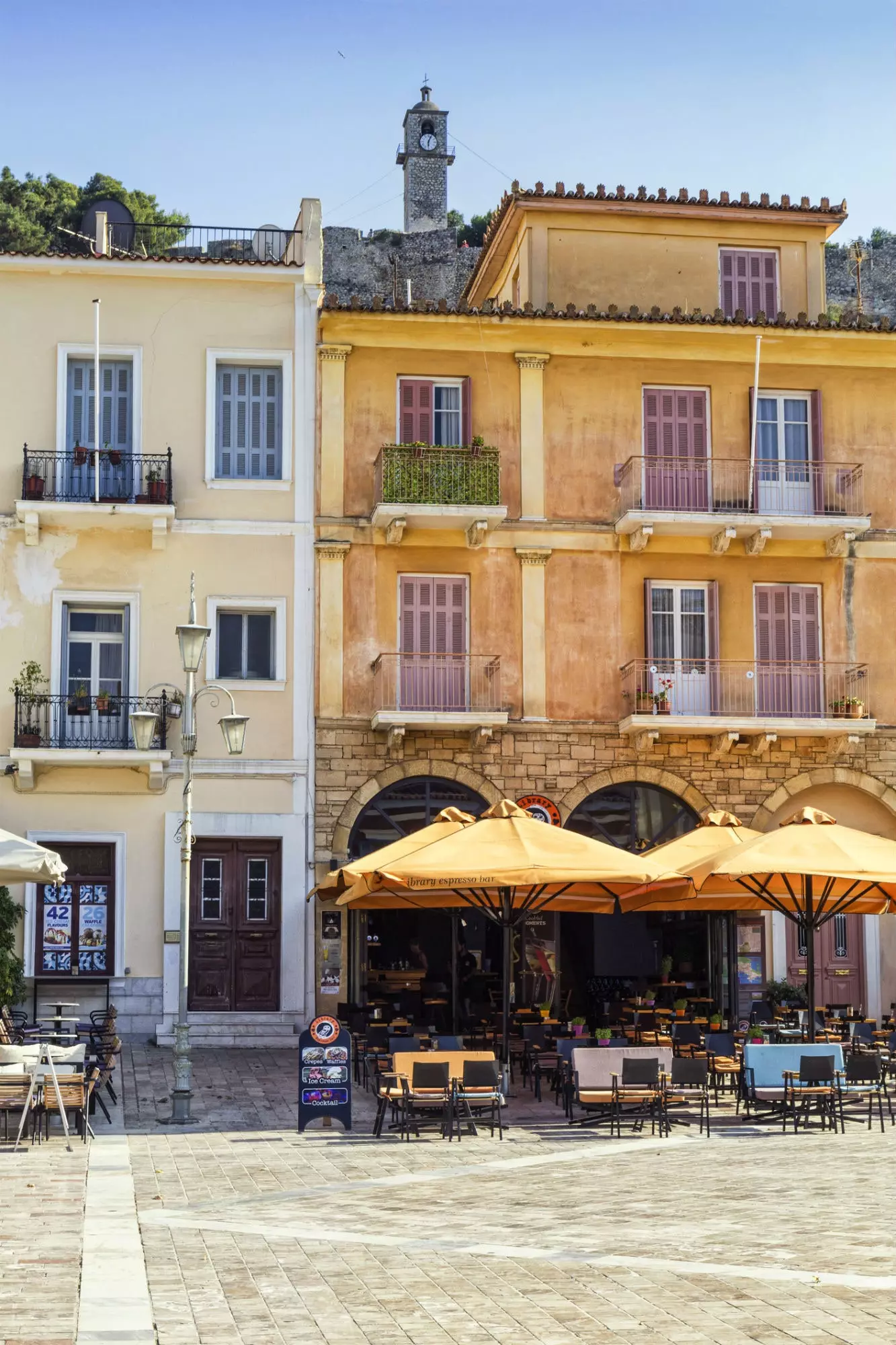
One of the terraces in Syntagma square, in Nauplia.
According to Greek mythology, the capital of the Argolis was founded by Nauplius, son of Poseidon and Amimone. Hence its name. The city of Argos was conquered around the 6th century BC. and made it his port. Until the 13th century it belonged to the Roman Empire and Byzantium, followed by a journey of a century where he changed his lord more than five times.
Finally, and as the title of this article foreshadows, Nauplia it was bought by the Venetians in 1389, giving way to 150 years of stability, until the Ottomans snatched it from them in 1539. The most serene Republic was not satisfied until it managed to recover it in 1685, although it had to return it to the Turks just 30 years later in the framework of a peace treaty .
In their first stage in Nauplia, the Venetians left their mark on some buildings, among which the Bourtzi Island Castle, which can be accessed on a boat that sails from the port.
The island, 500 meters from the coast, was built in 1473 by the architect Antonio Gambello and served as a defensive fortress. It was also known as Porto Cadena, due to the gigantic chain that linked it to the city and that closed the access to possible invading ships.
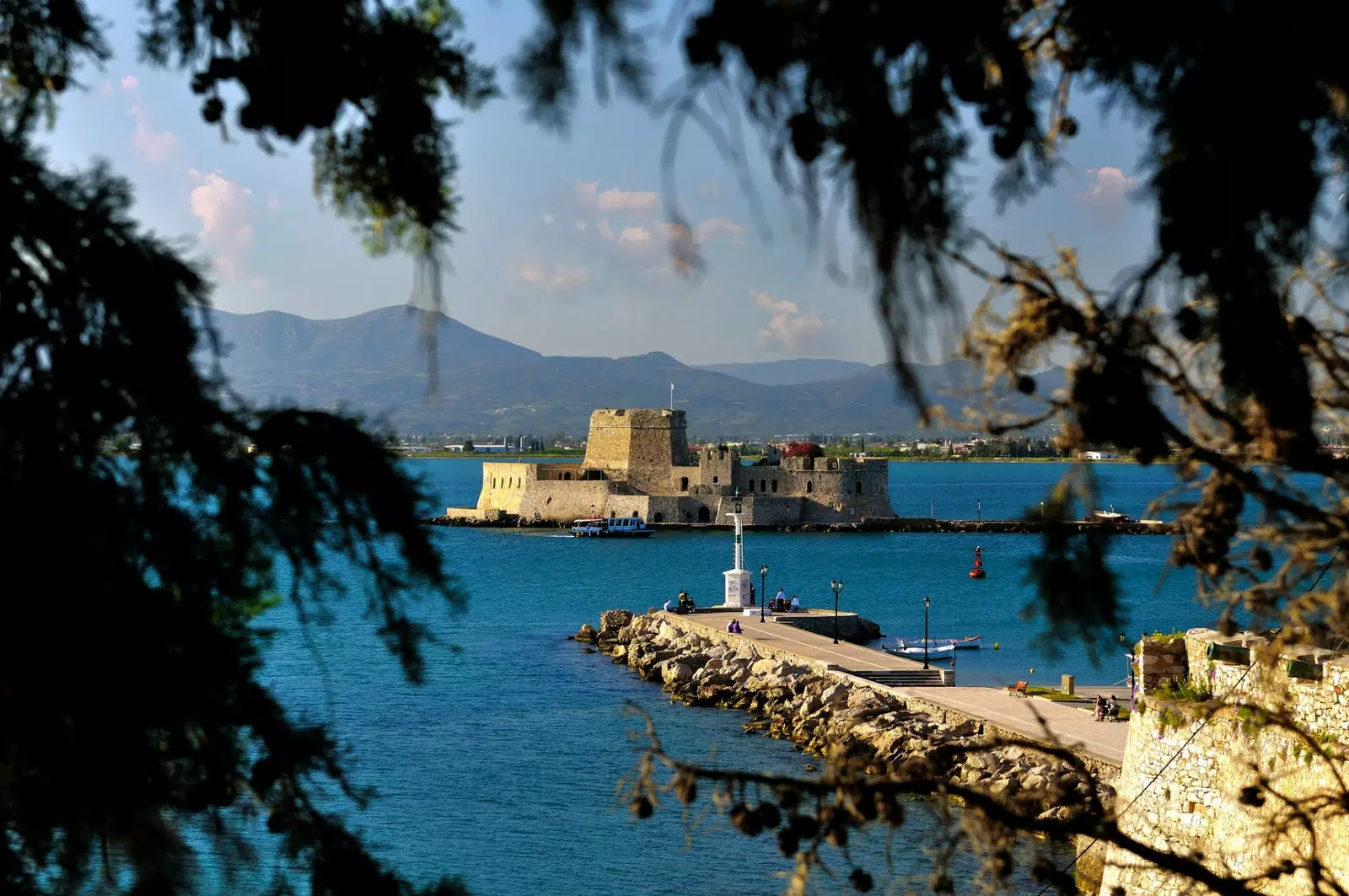
Bourtzi Island Castle is reached by boat from the port of Nafplion.
St. George's Cathedral, one of the most important churches in the city, was built in the early 16th century. By conquering the city, the Ottomans went on to convert it into a mosque. However, it was in the second stage in the capital of the Argolis, when the Venetians set out to ensure the resistance of the city in case of conflict, as well as its demographic growth.
Many of the Venetian buildings that we can see were built in this short period of 30 years. To this period also corresponds the strength Palamidi, a masterpiece of military architecture which can be accessed by public transport, taxi or car, although it is also possible to save its 216 meters of altitude by climbing step by step the almost thousand steps that start from the city.
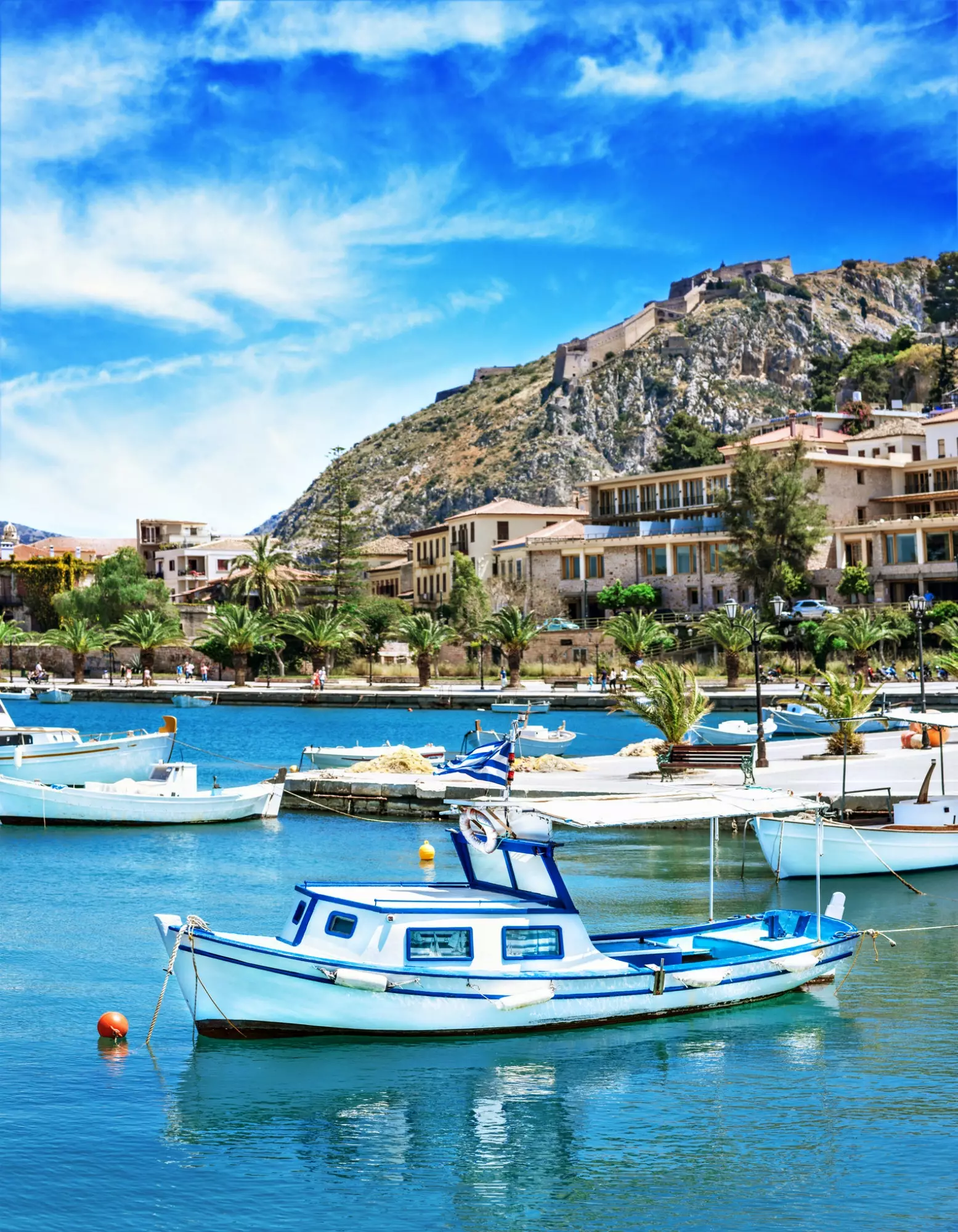
Traditional boats watched over the Palamidi fortress from above.
The building that houses the archaeological museum, in Syntagma Square, was completed in 1713, just two years after the city was handed over to the Turks. If you look closely at the main facade you can see a stone painting with the lion of Saint Mark, symbol of prosperous Venice.
Nauplia exudes the elegance and class of aristocratic cities. Streets and squares paved with marble, beautiful neoclassical buildings, vivid sculptures… The city was up to the task of being the capital of Greece and it was.
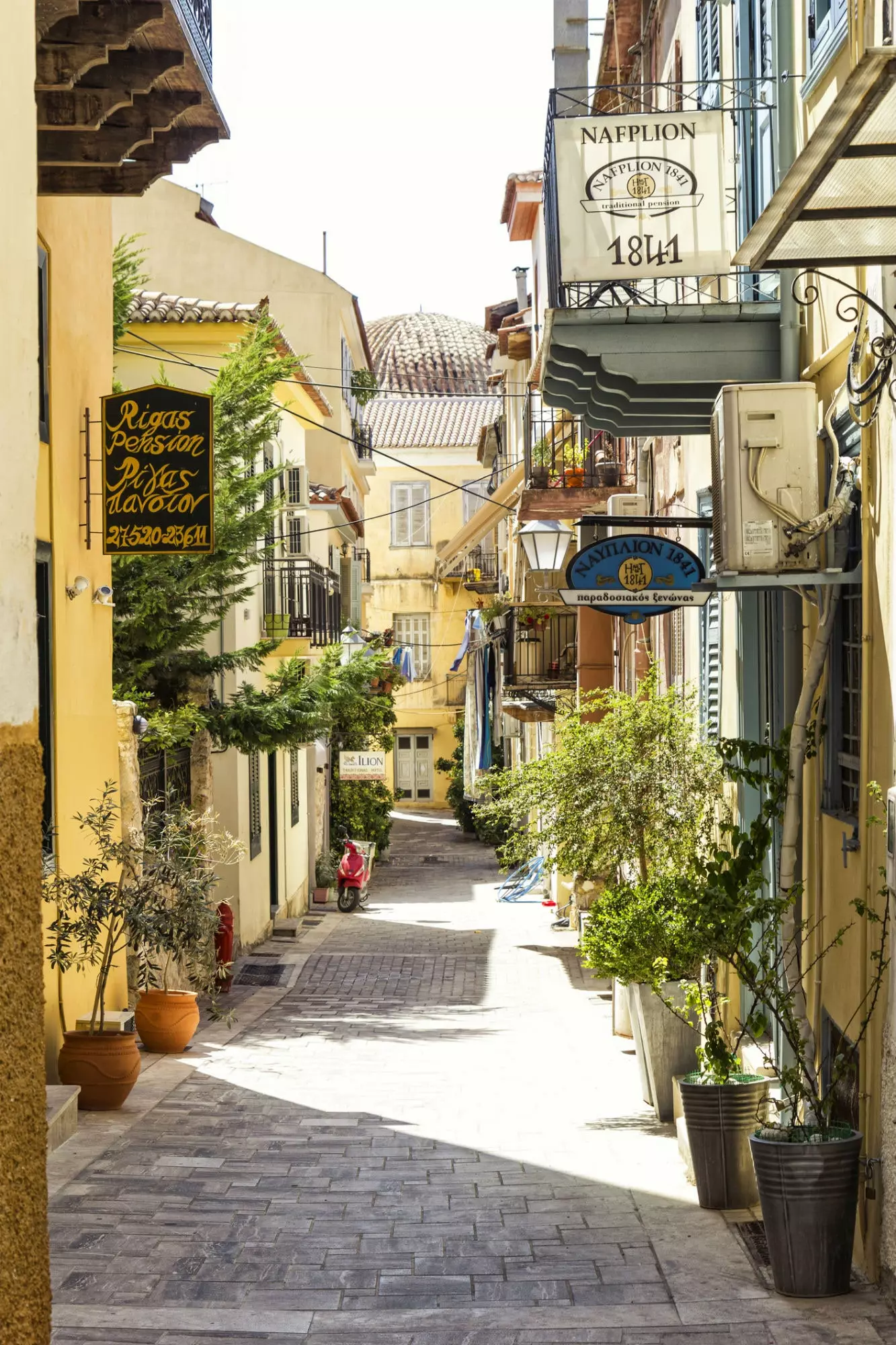
One of the idyllic streets of the old town of Nafplio.
Nauplia –Náfplio for the Greeks– It was the first capital of independent Greece. from 1823, when the congress and the government were installed, until 1834, when the capital was ceded to Athens.
So, Nauplia is not just anything. Not only does it boast beautiful architecture and a magnificent location, but the weight of the history of modern Greece falls largely on its streets.
Maybe that's why it's the favorite destination of Athenians to spend the weekend and one of the main ones for all the Greeks, who recognize in it the origins of the Greek state. Proof of this is the number of buses and cars parked in the gigantic vacant lot next to the port – the city center is pedestrianized – that pile up from Friday to Sunday.
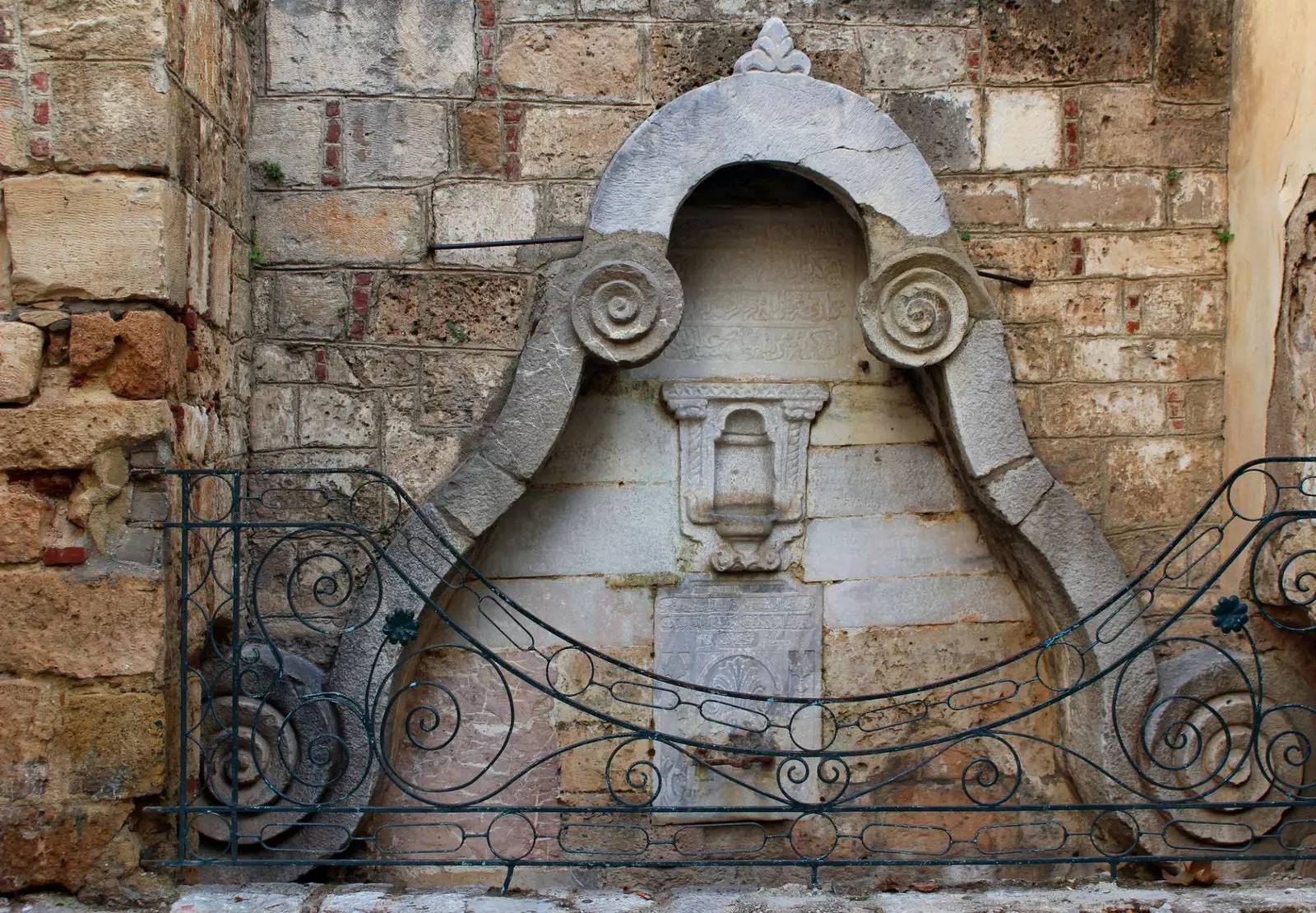
Fountain from the Ottoman era on the island of Nauplia.
Continuing with history, in Syntagma Square, just on the opposite side of the Archaeological Museum, is the old mosque known as Bouleftikó, where the Greek assembly met for the first time. So it served as an impromptu parliament. Later it was used as a prison, and even housed the trial of the great hero of the revolution Kolokotronis when he was accused of being a traitor to the monarchy by opposing the coronation of King Otto of Wittelsbach.
Just 150 meters from the mosque is another of Nauplia's most symbolic buildings. This is the church of Ayios Spirídonas, in front of which an important Venetian citizen born on the island of Corfu was assassinated in 1831. We mean no more and no less than to the first head of state of independent Greece: Ioannis Kapodistrias. Next to the door, framed, you can still see the mark of one of the bullets that were fired at him.
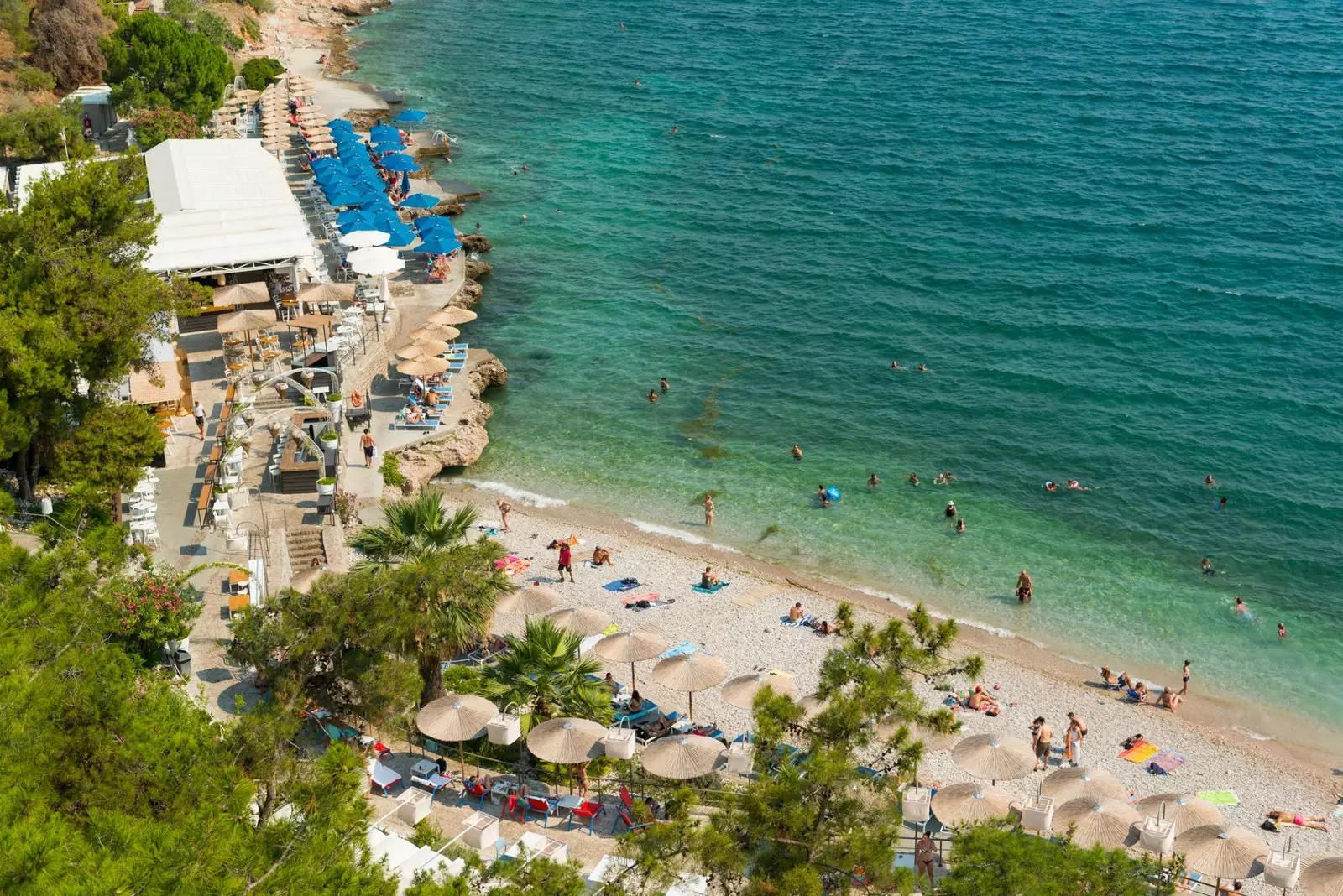
Arvaniti Beach
